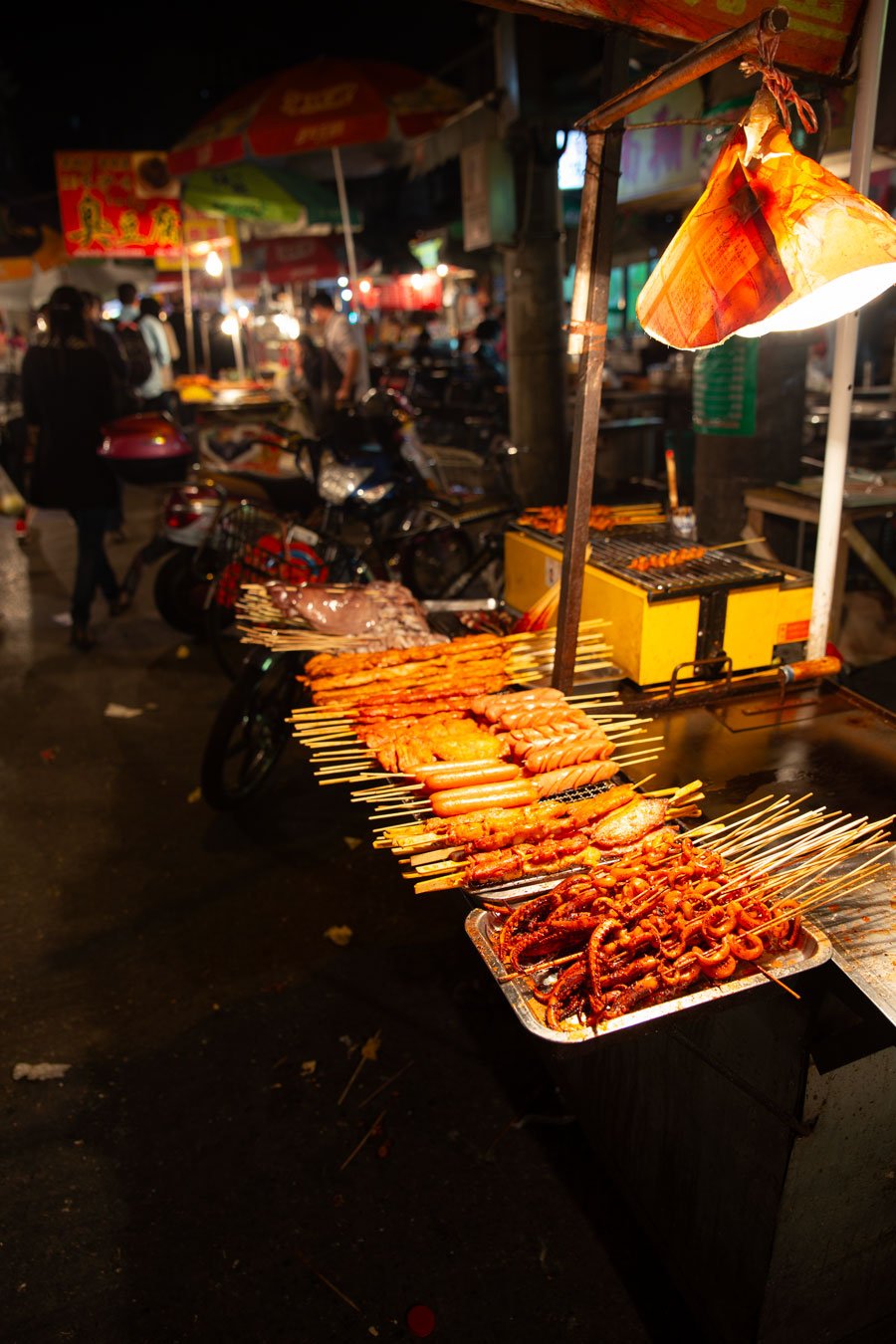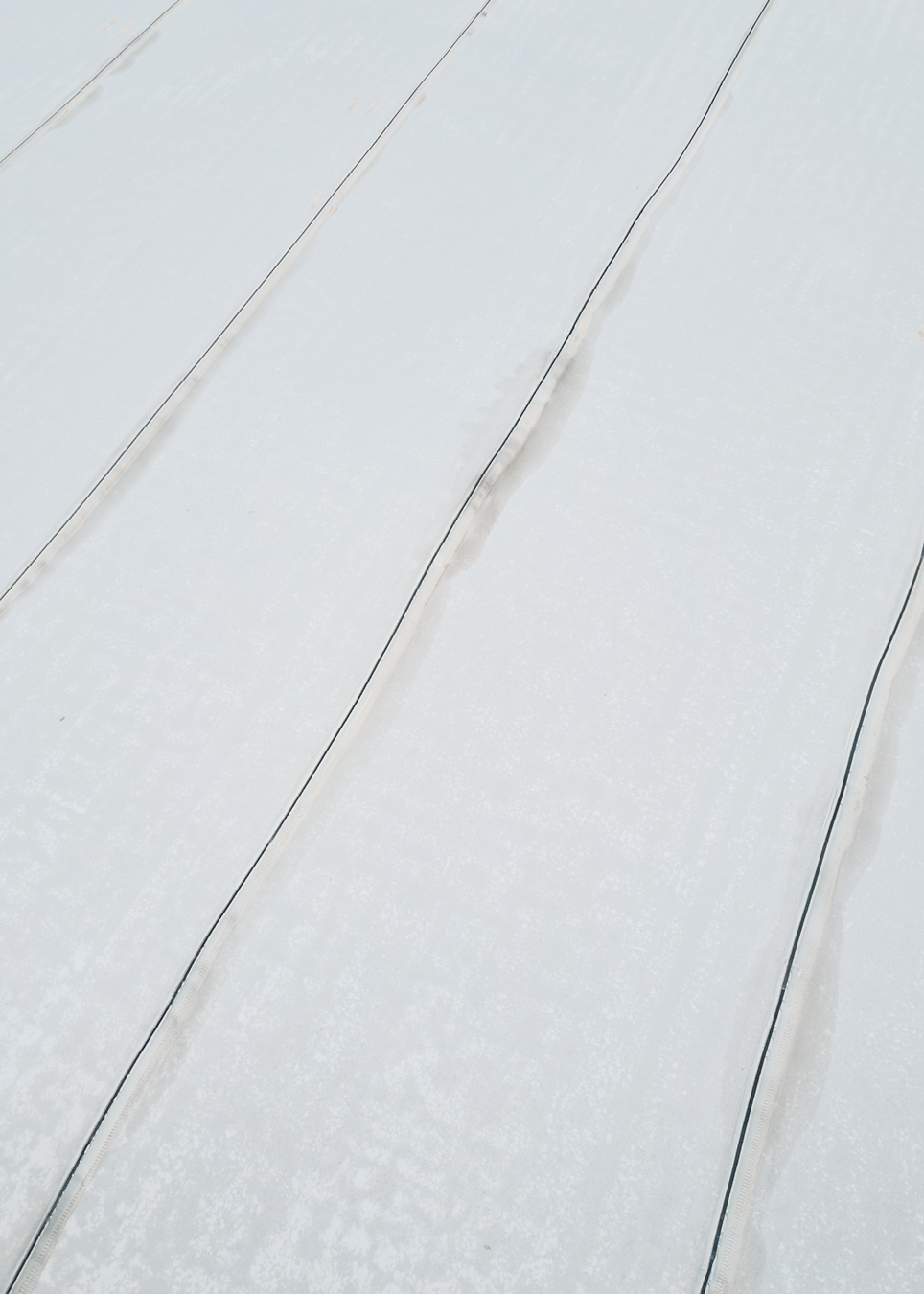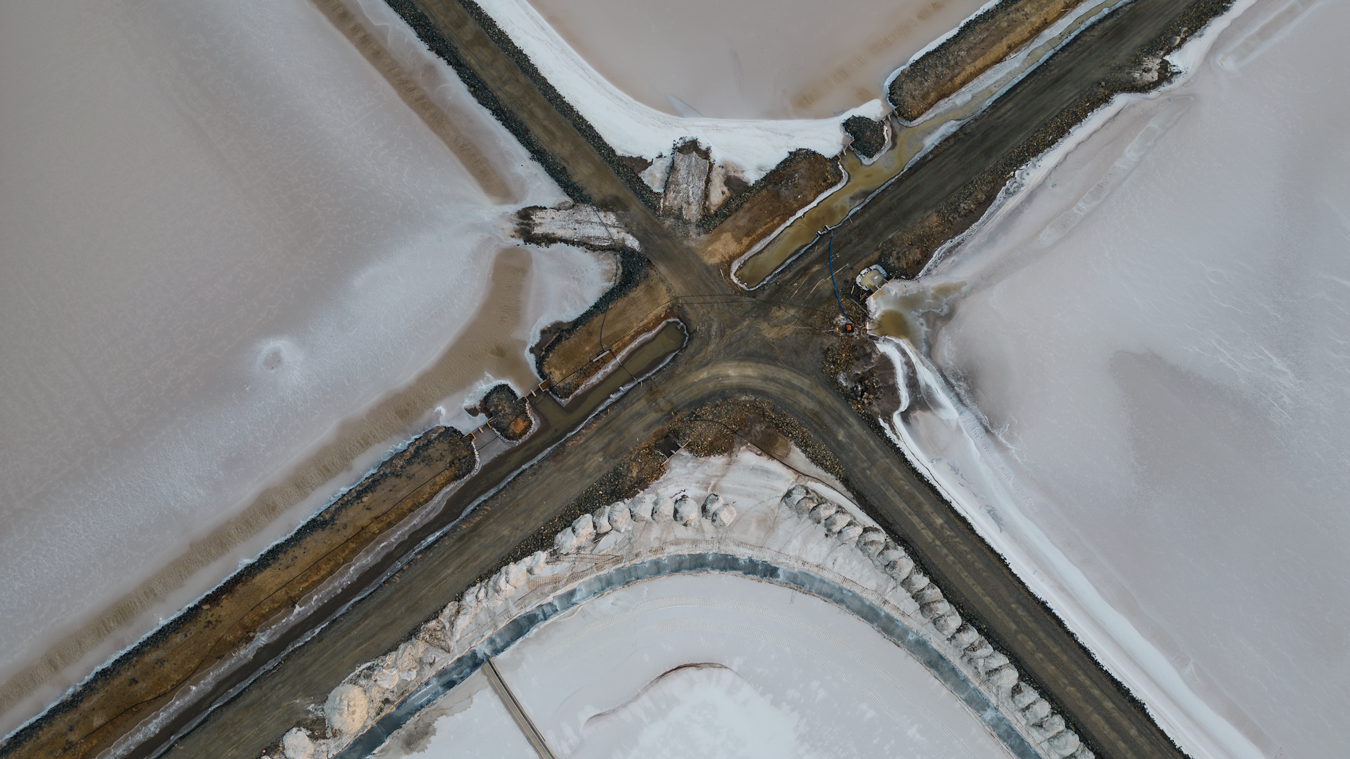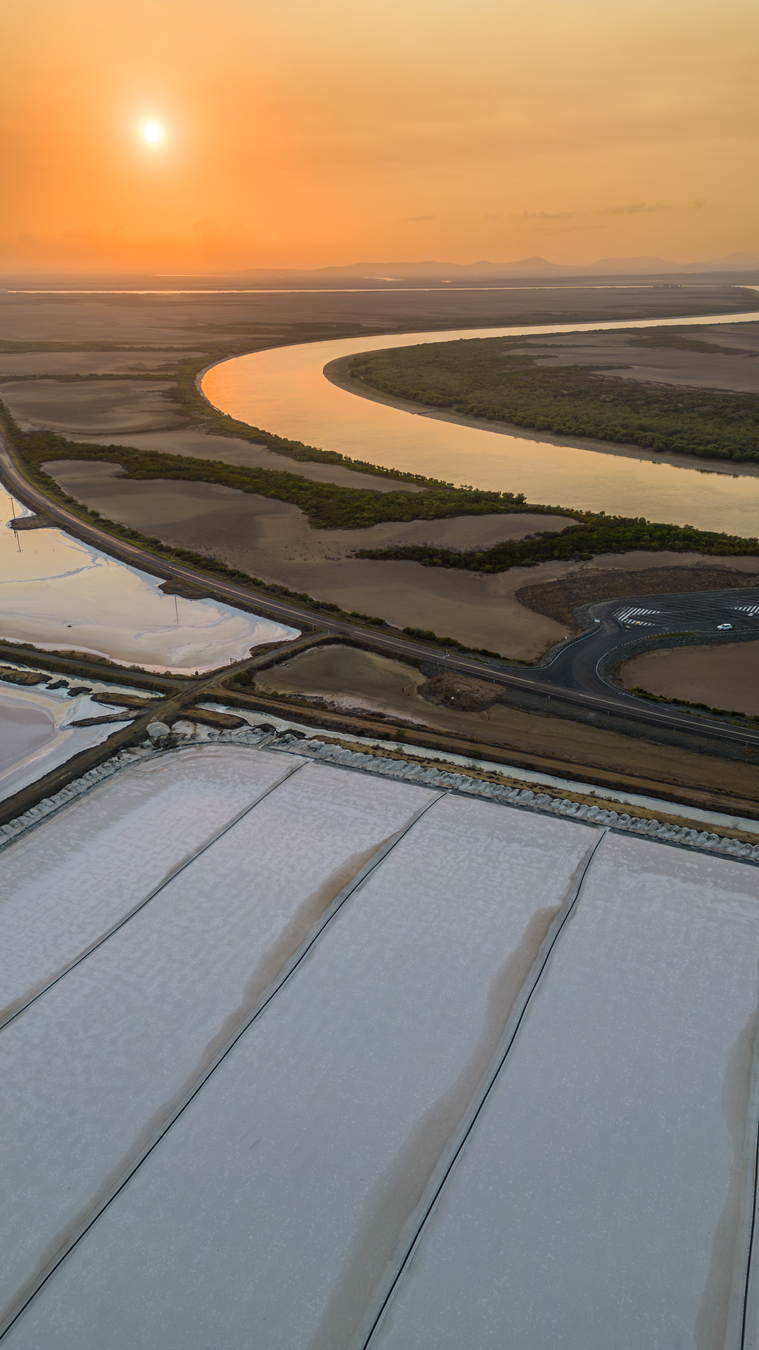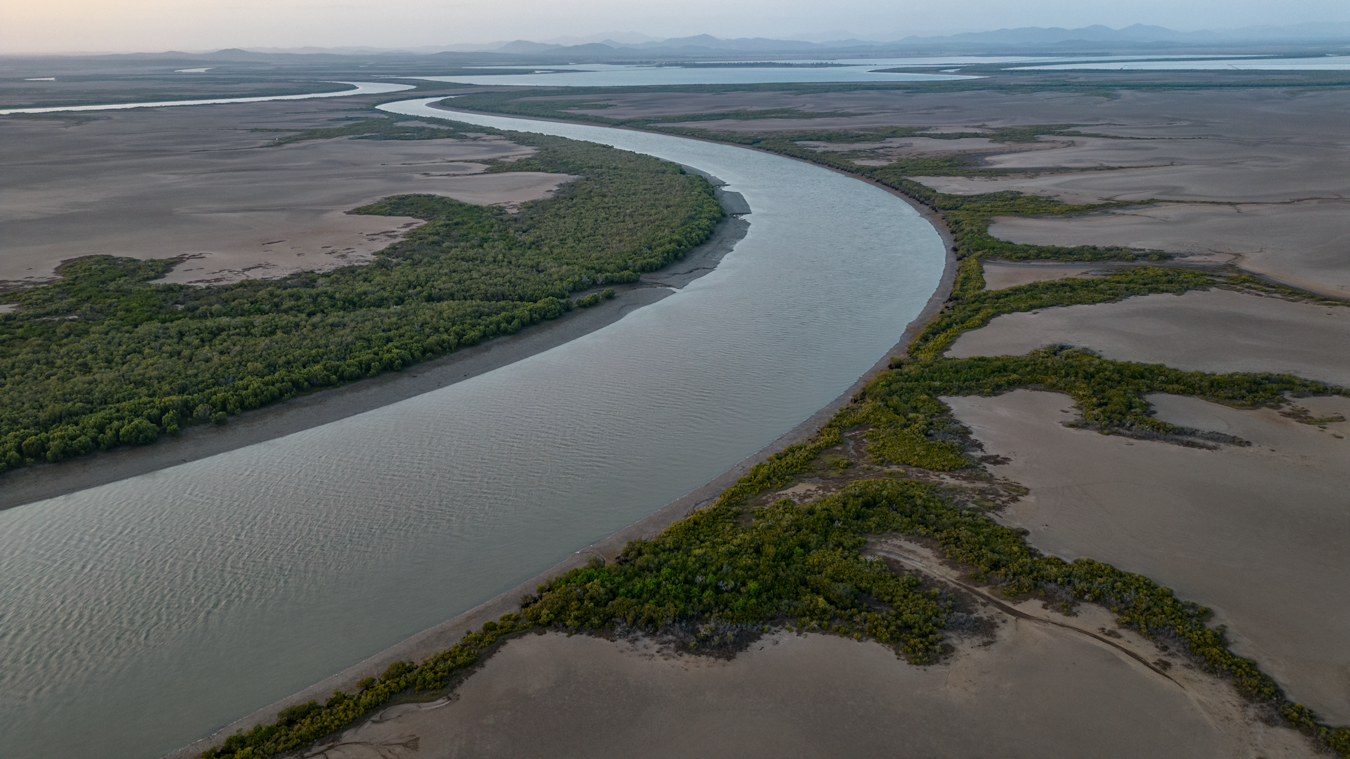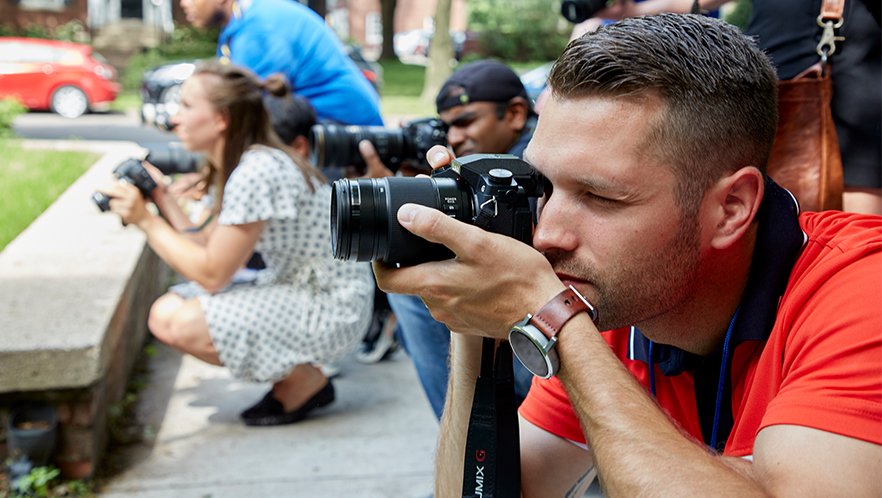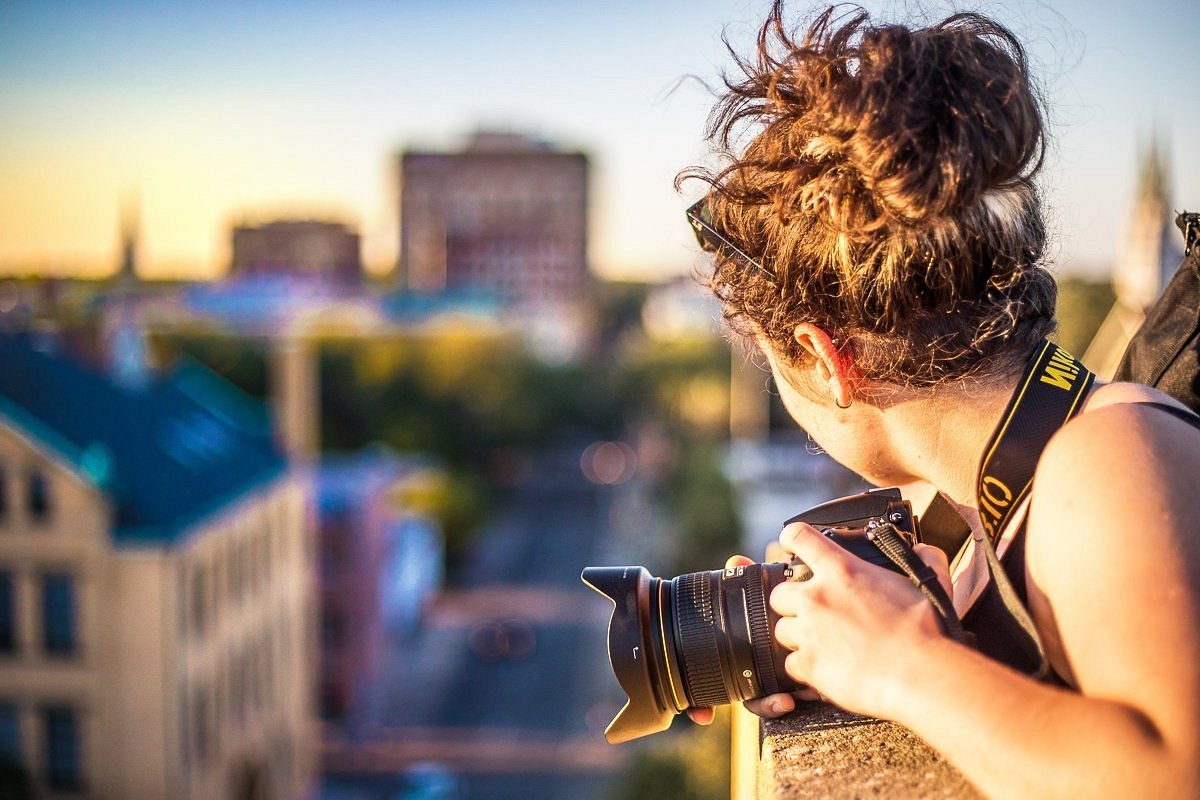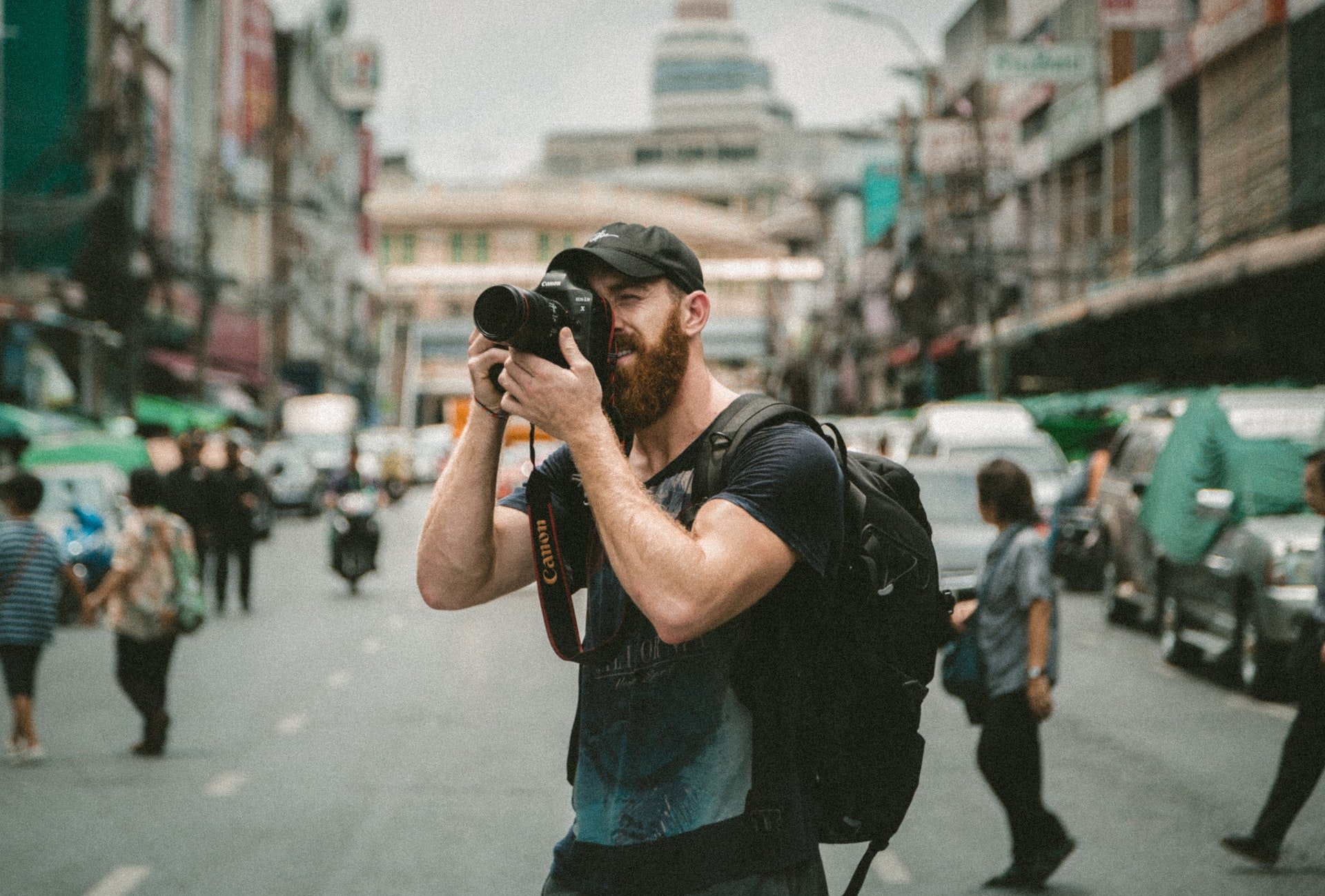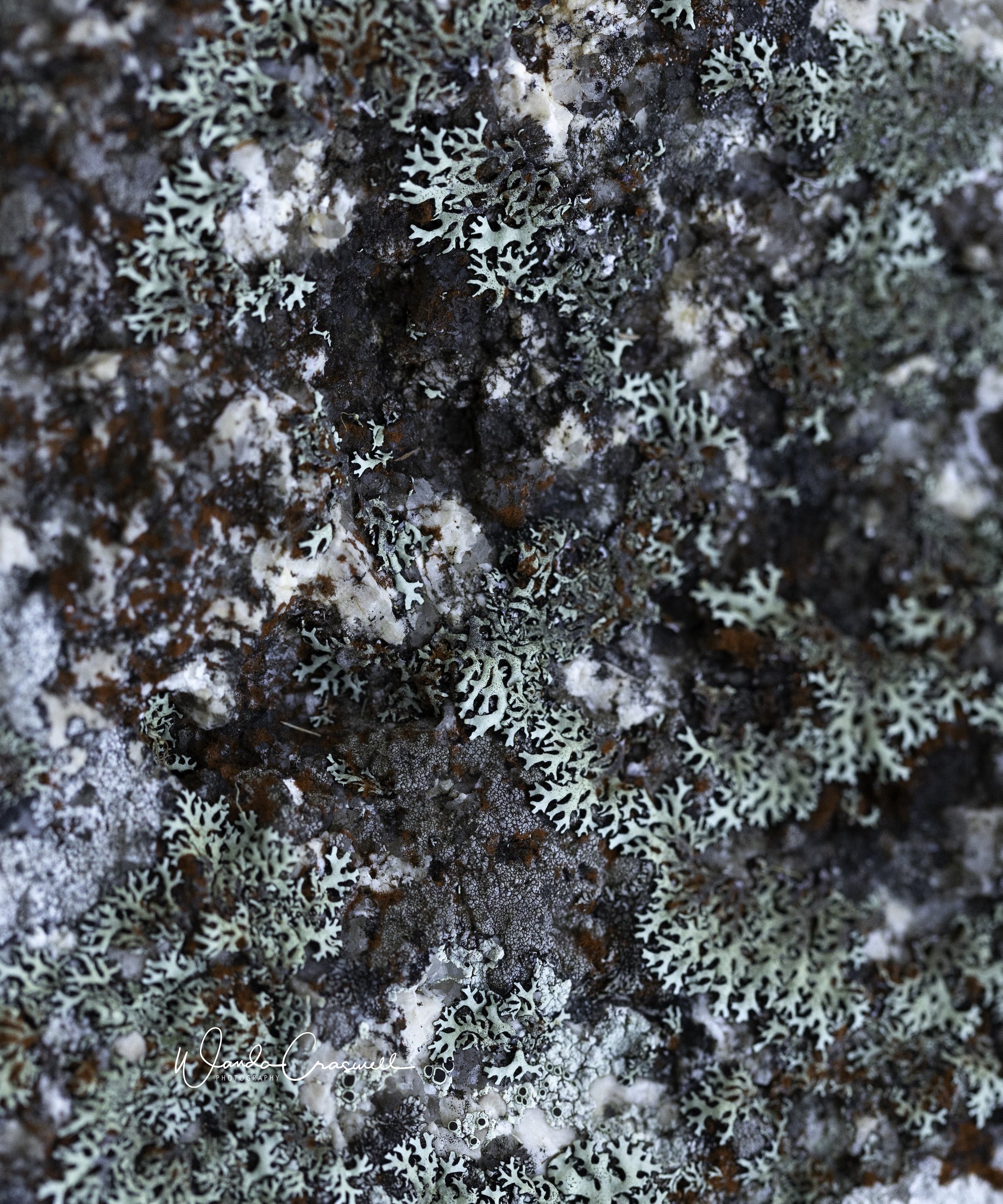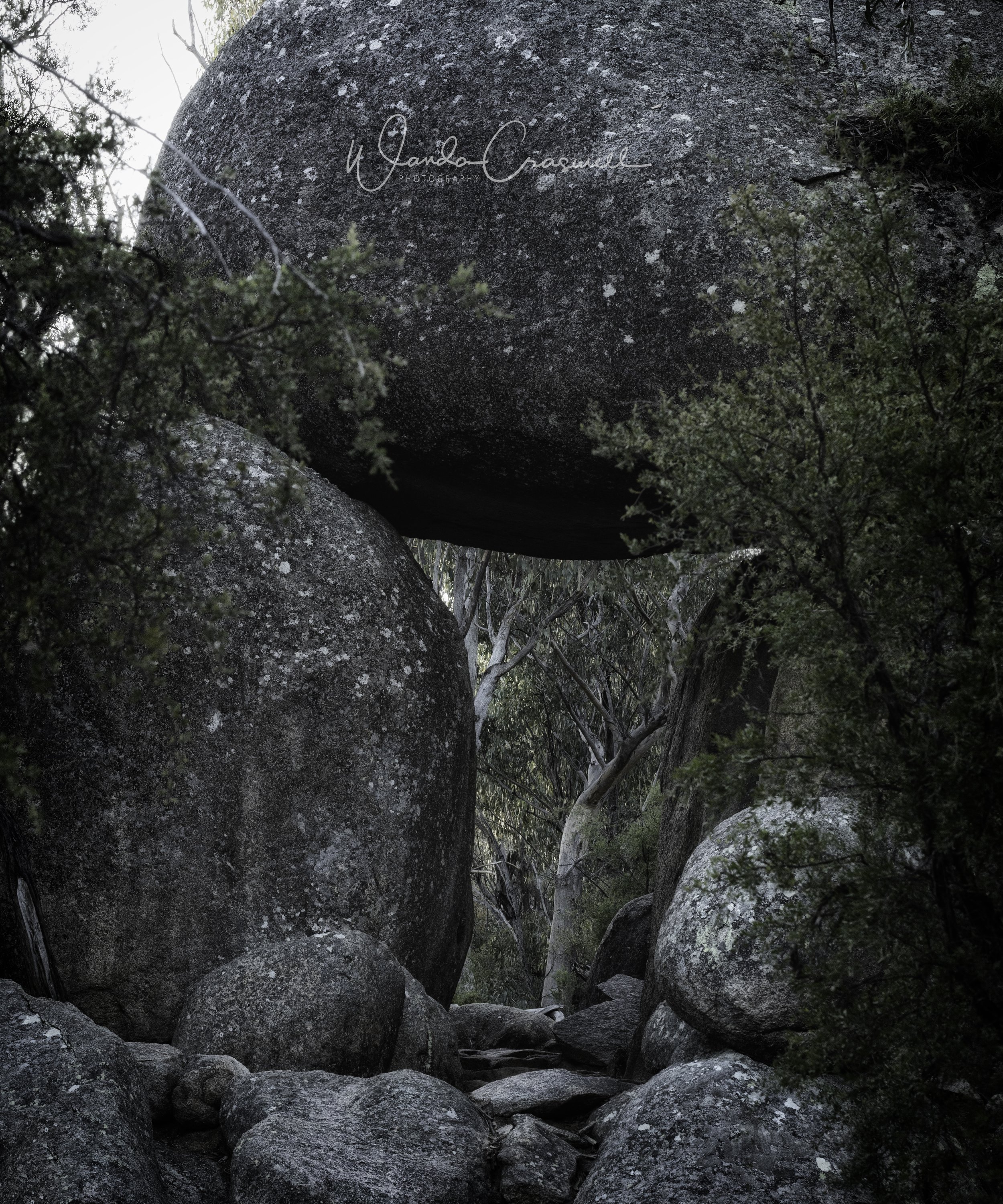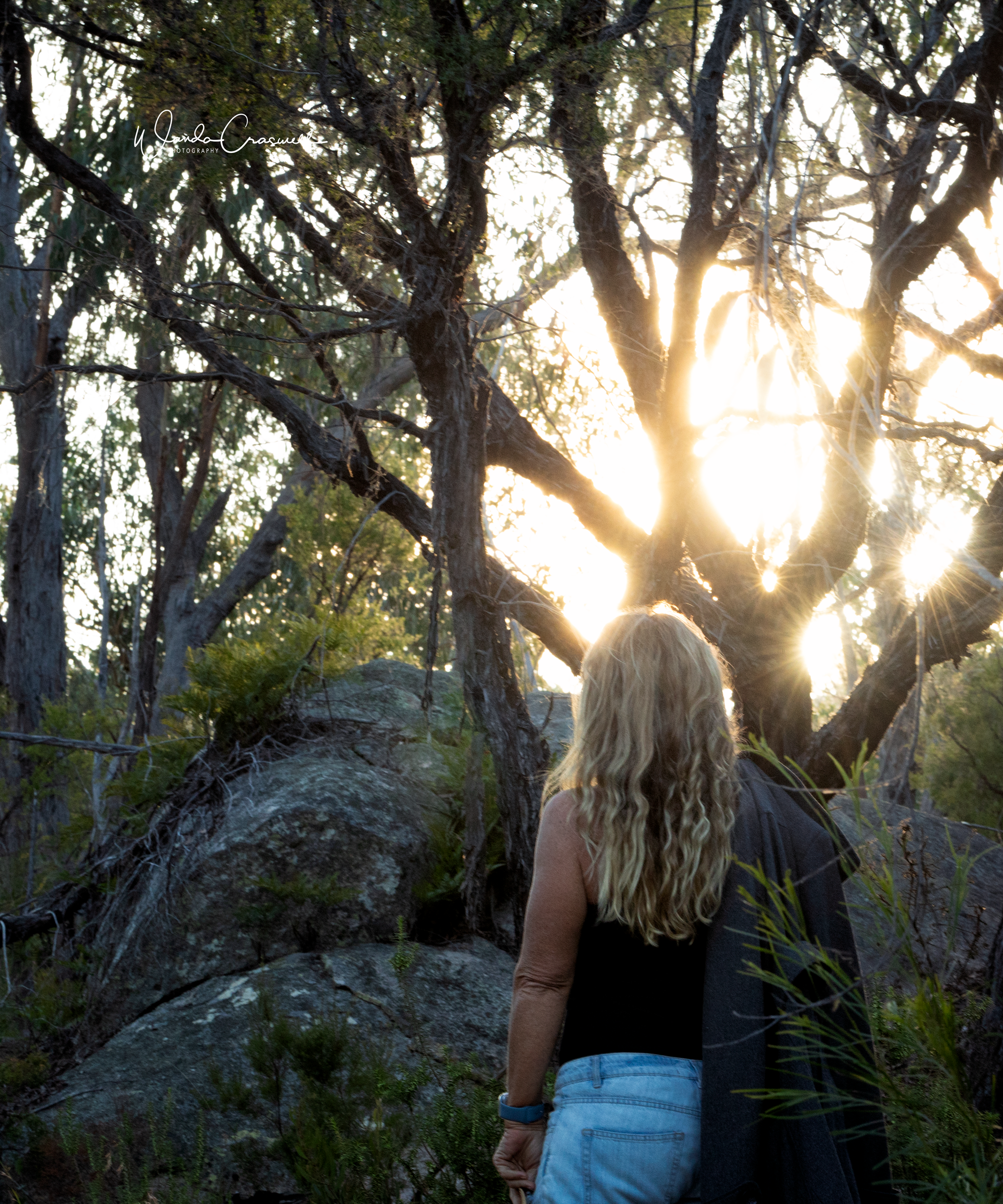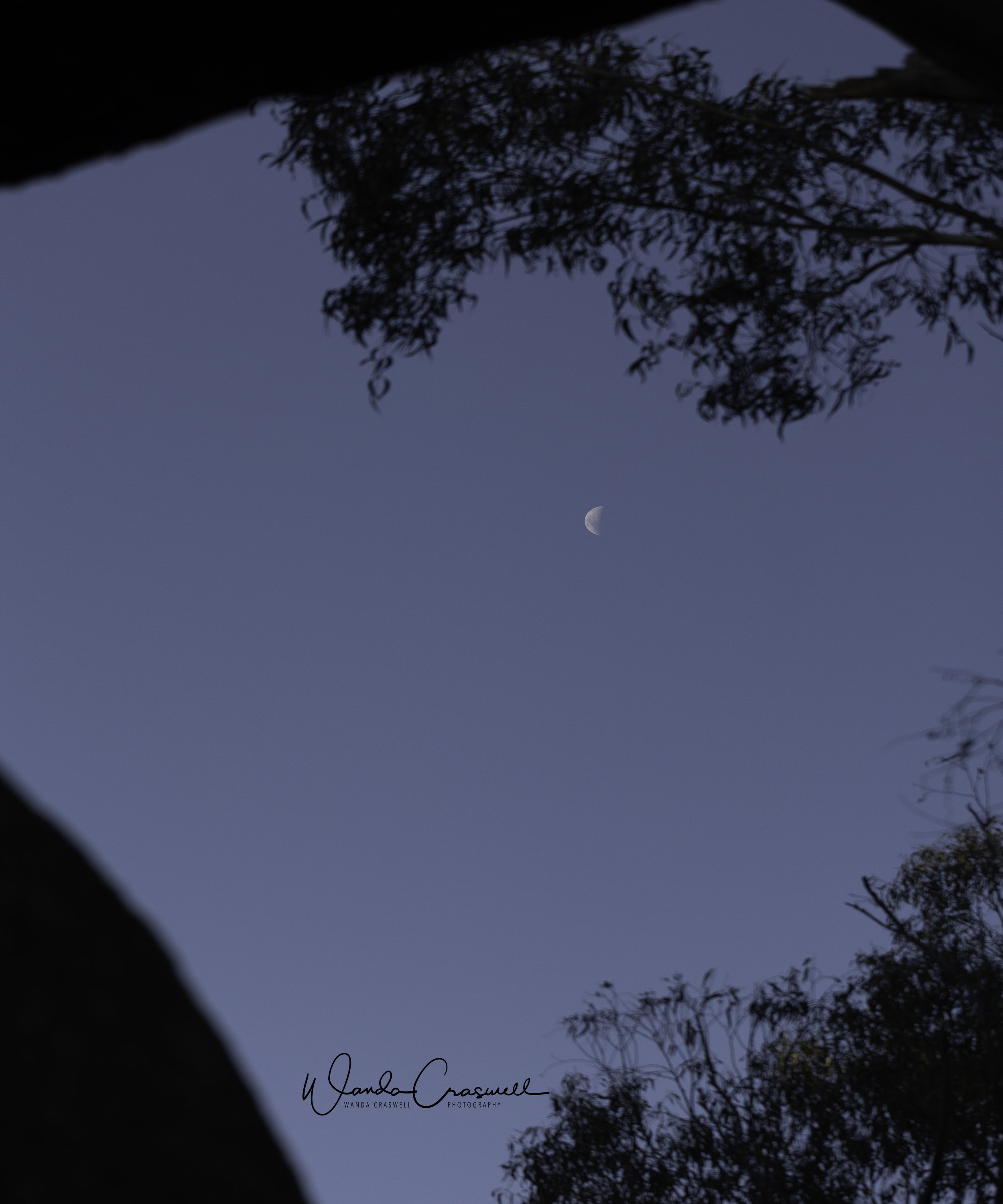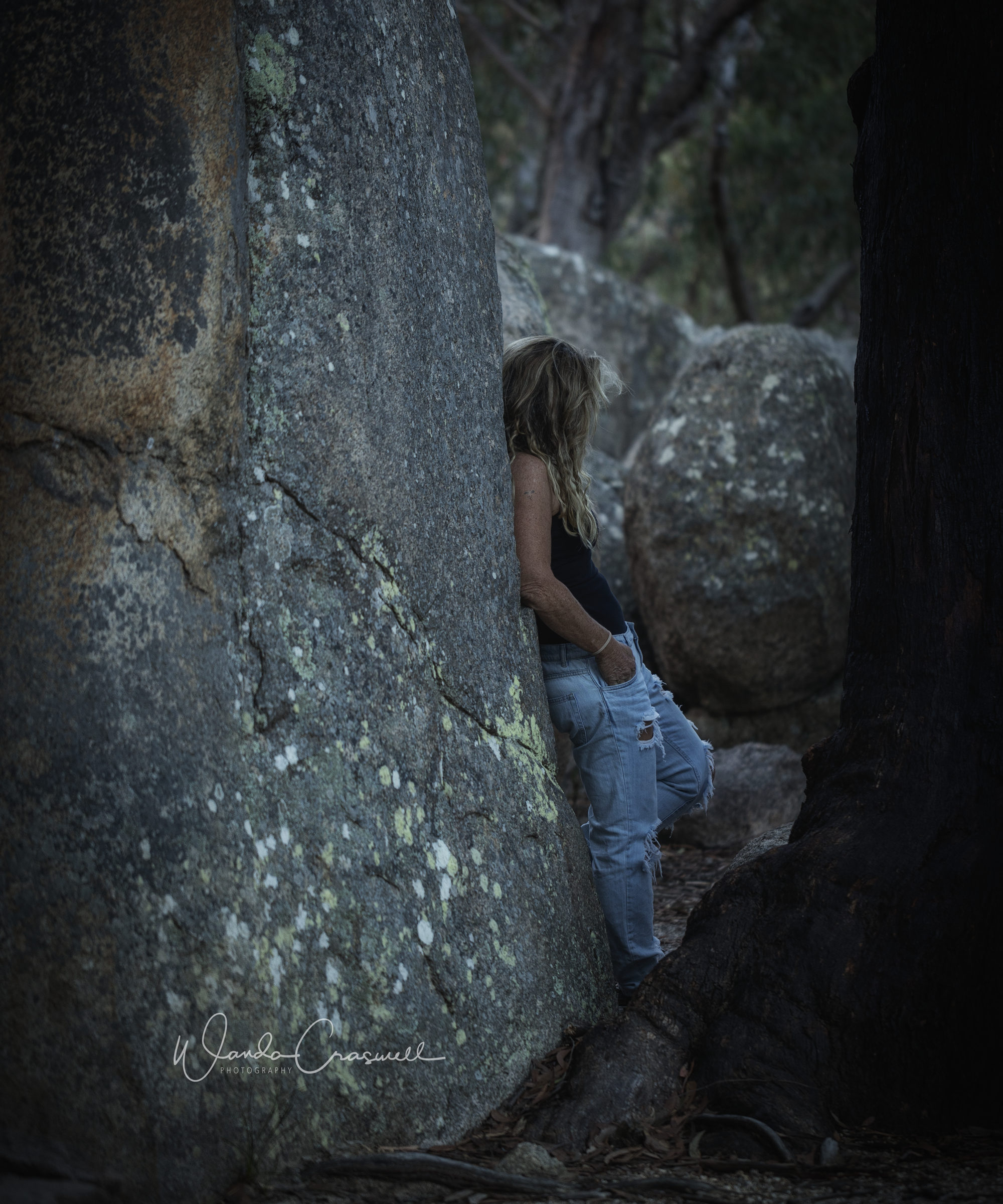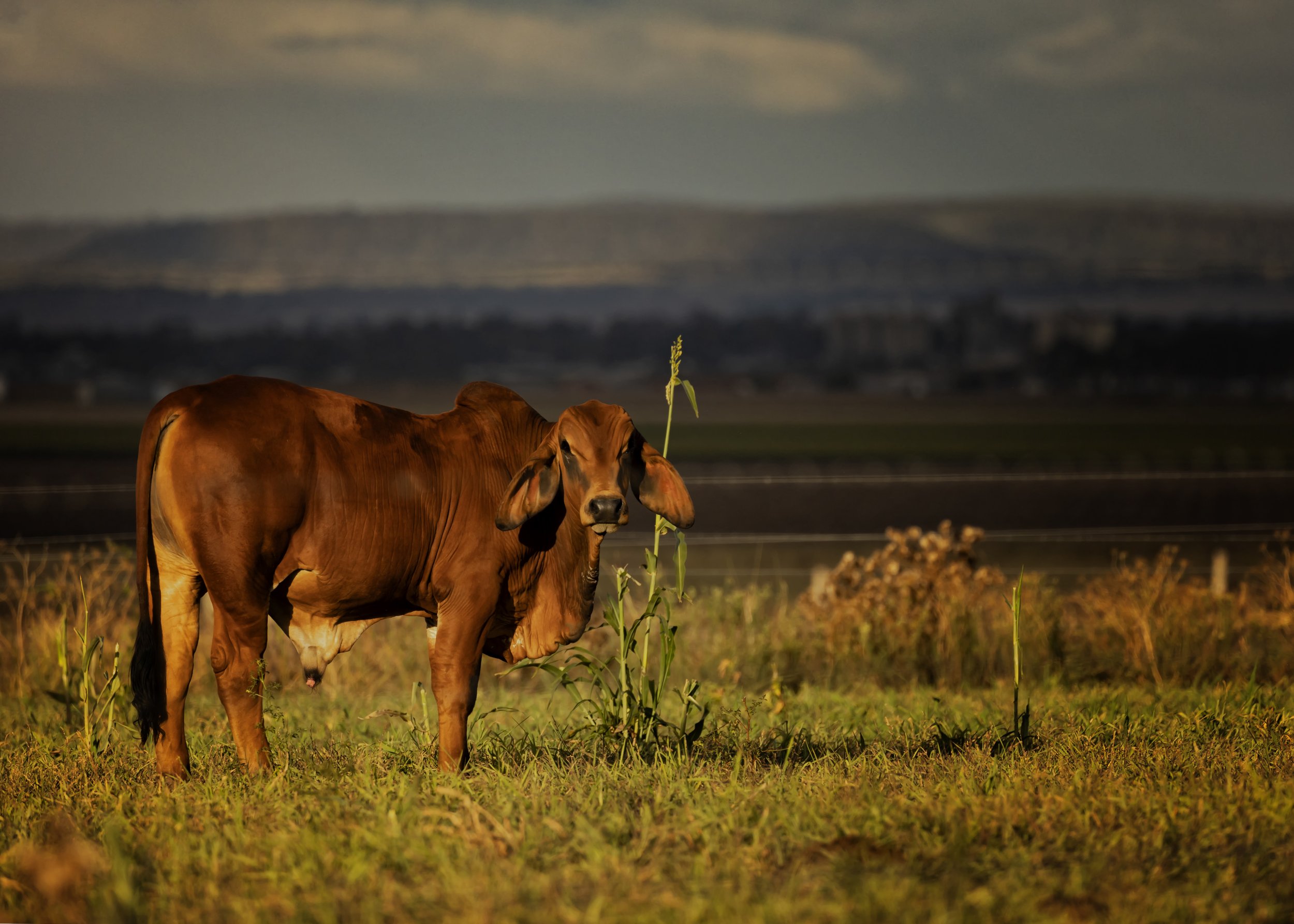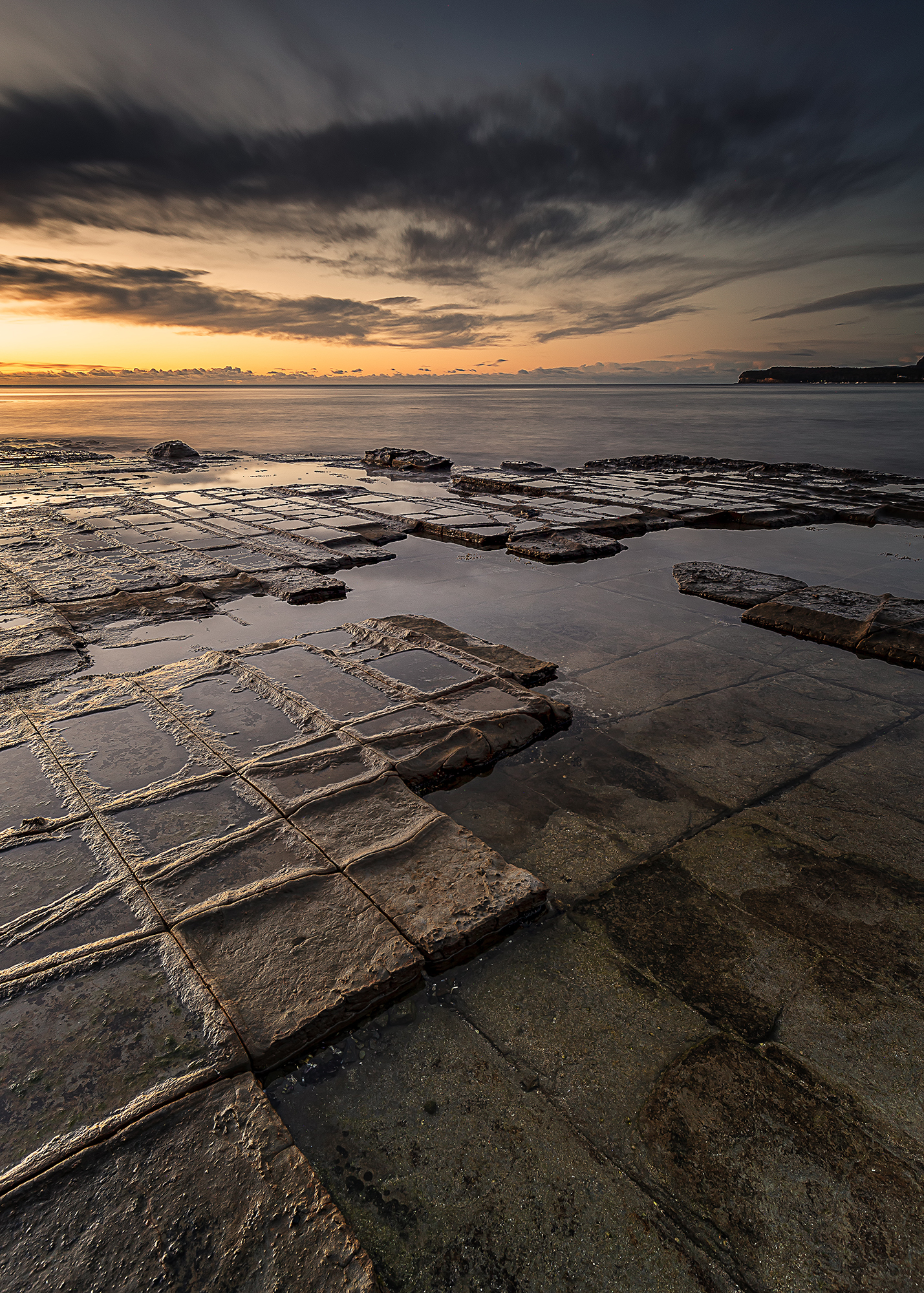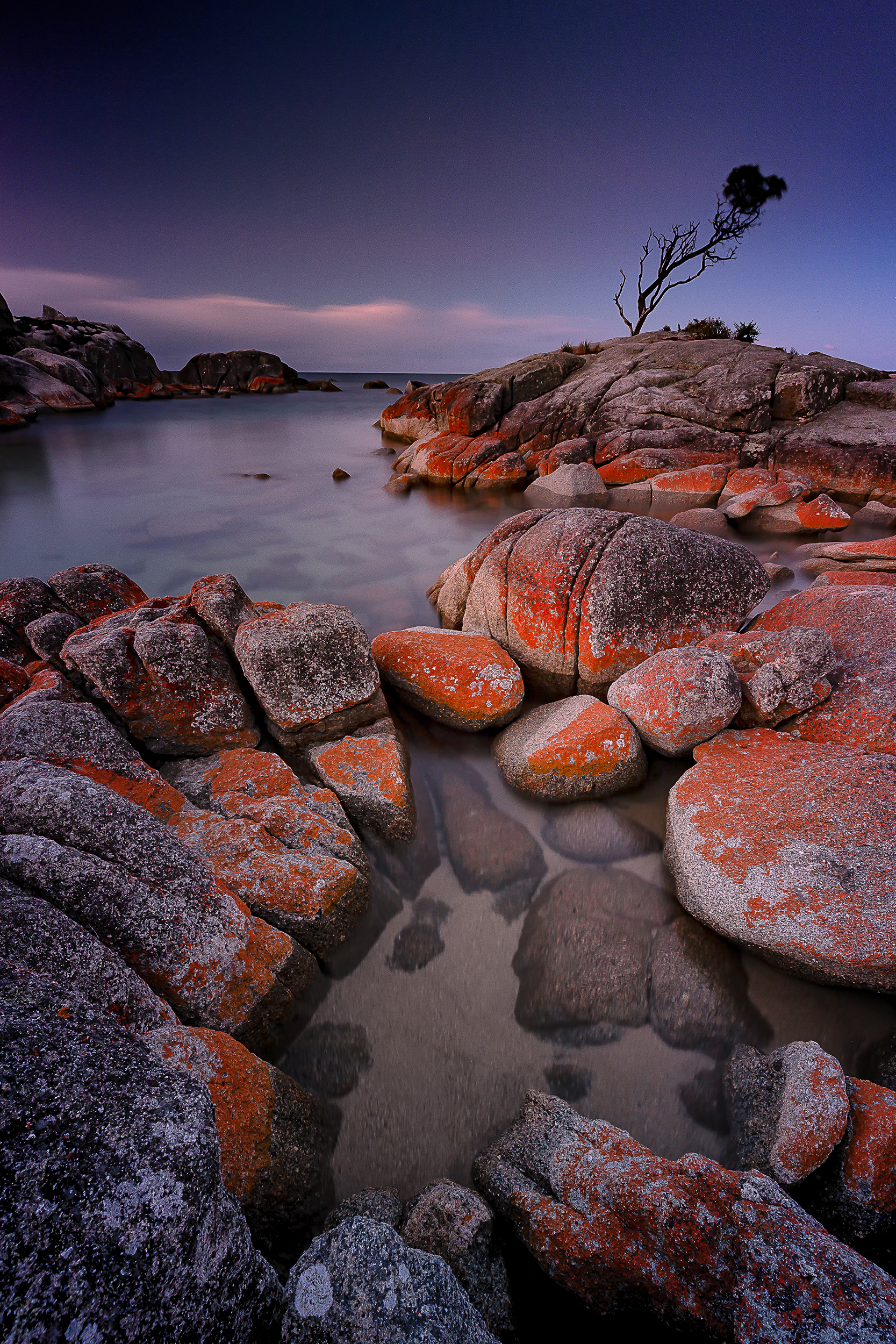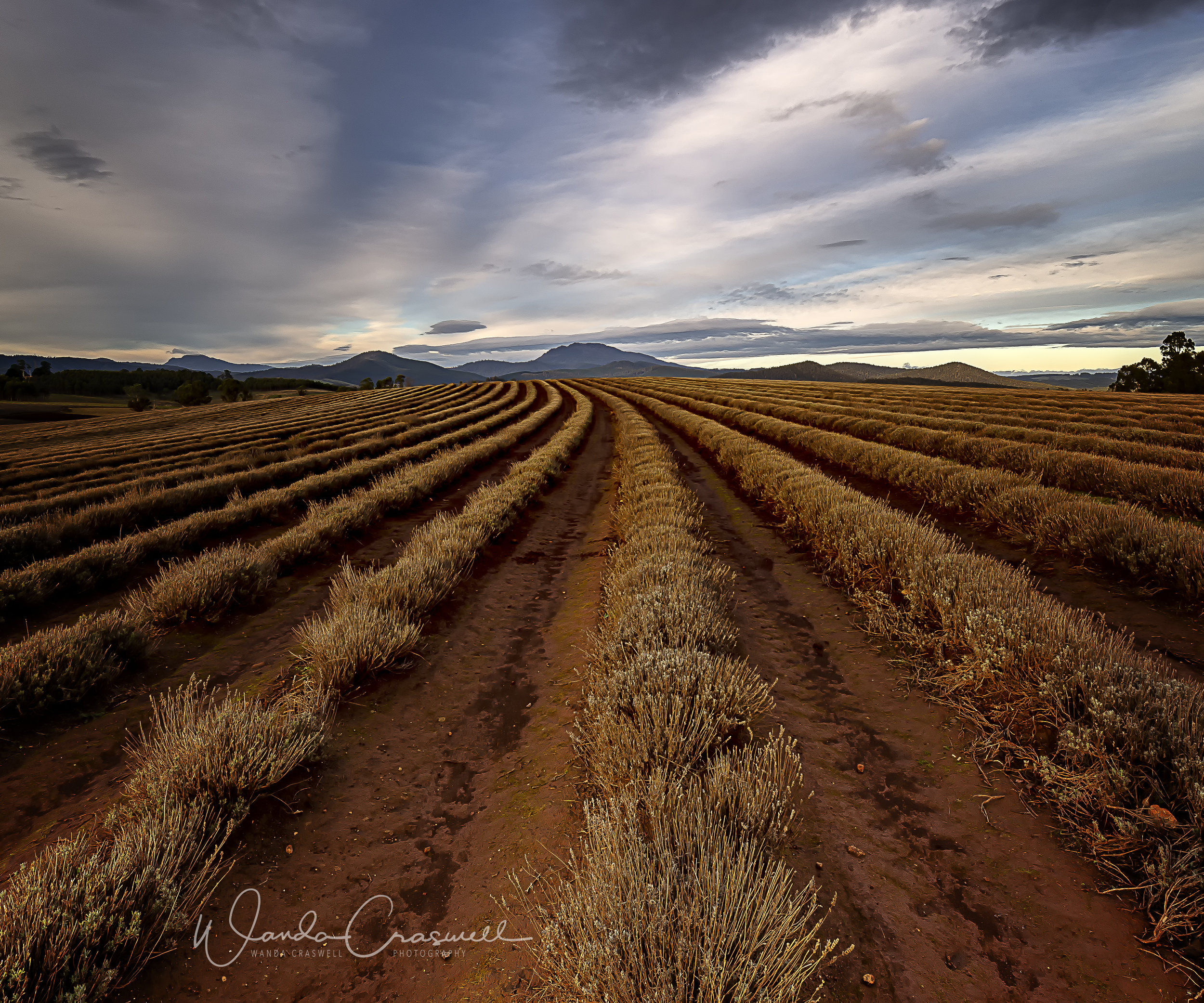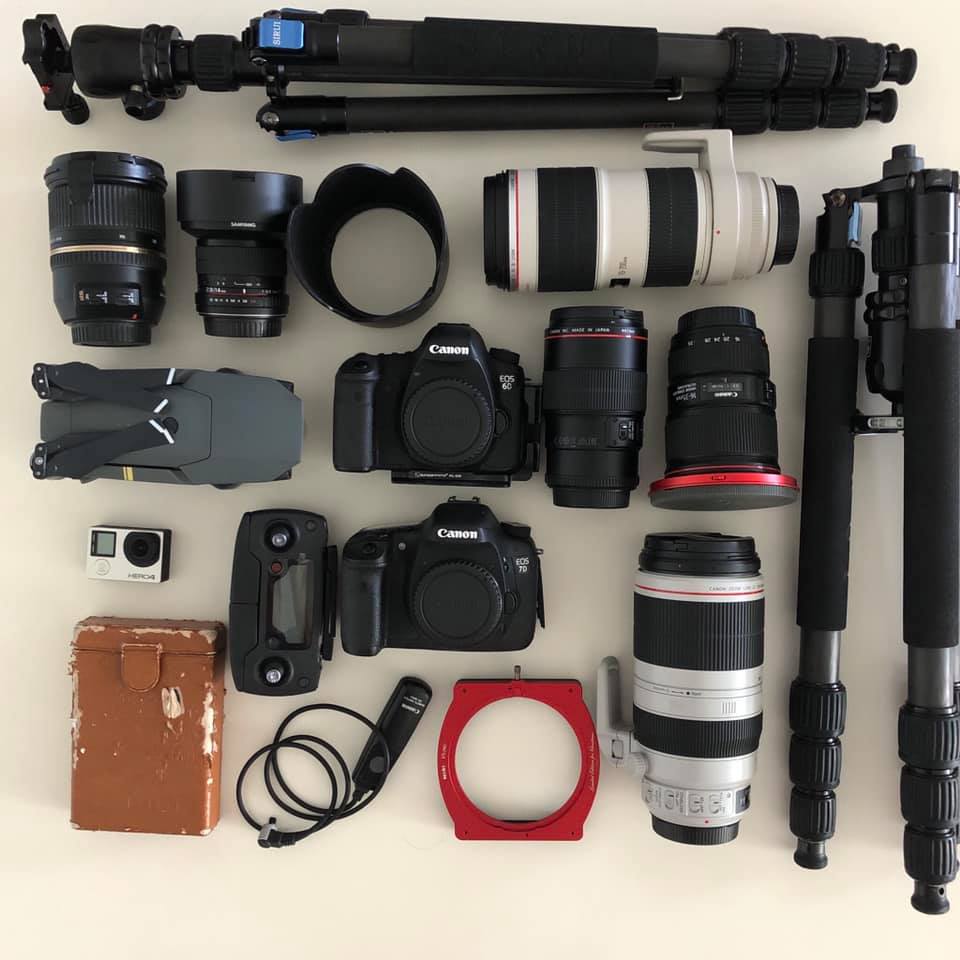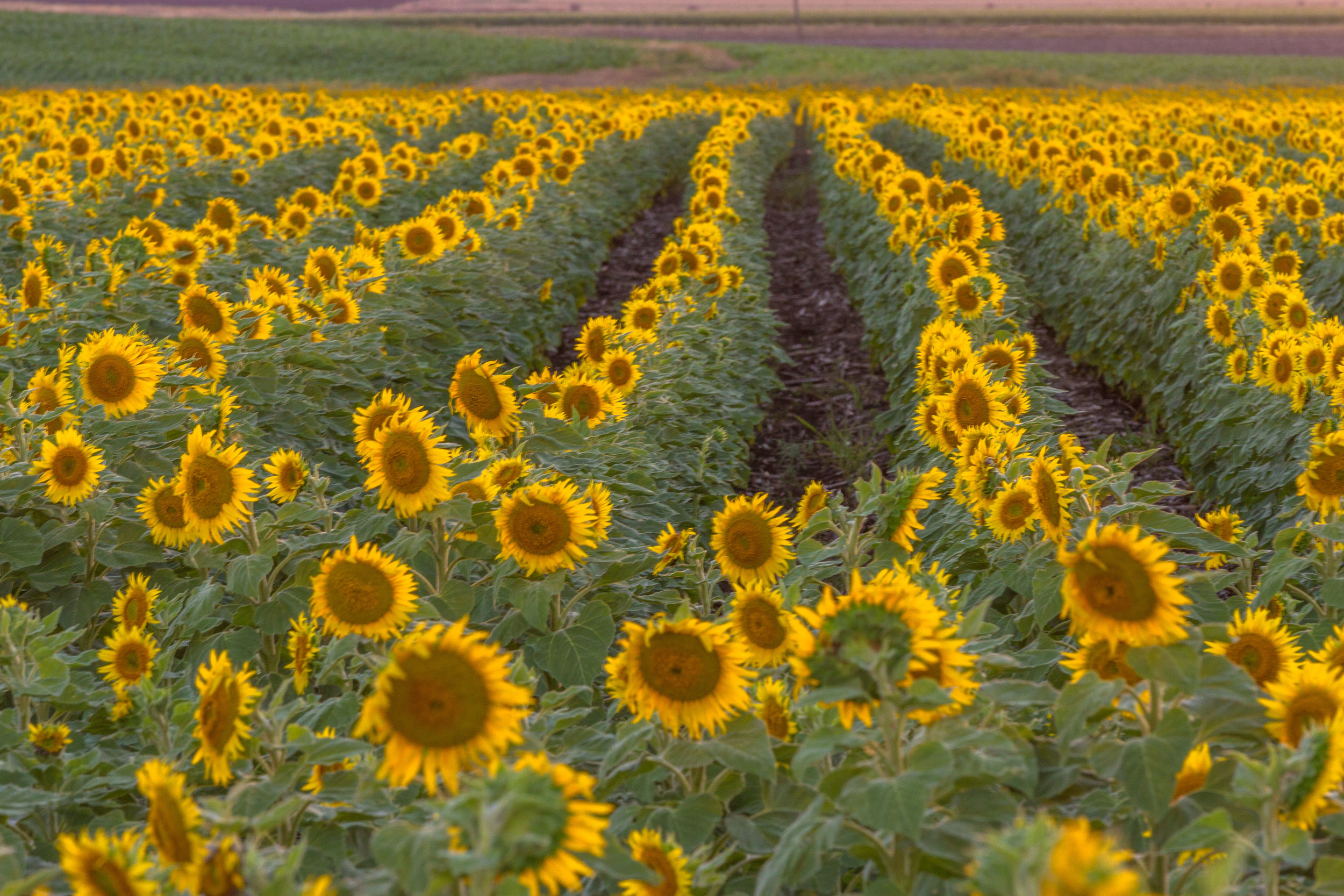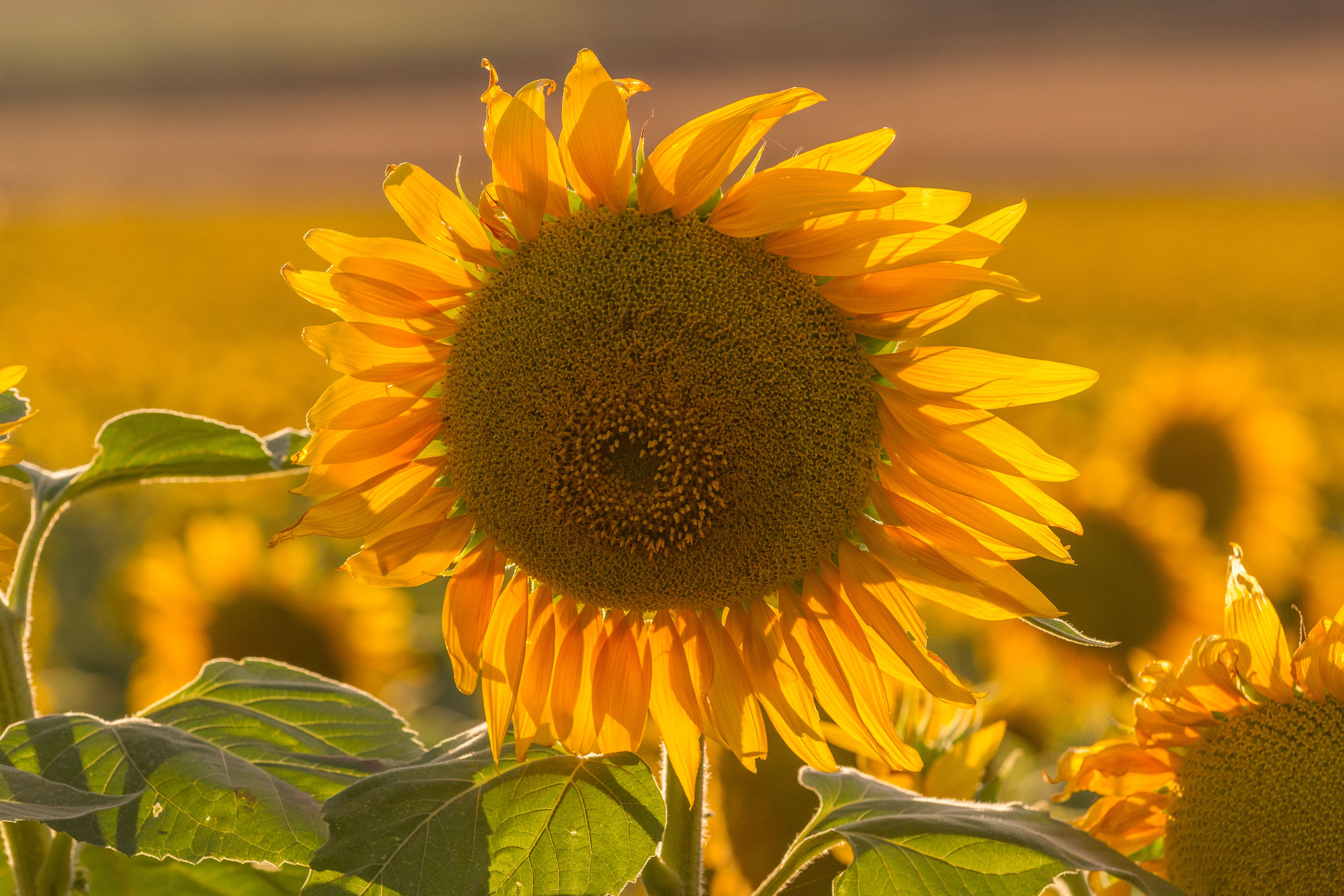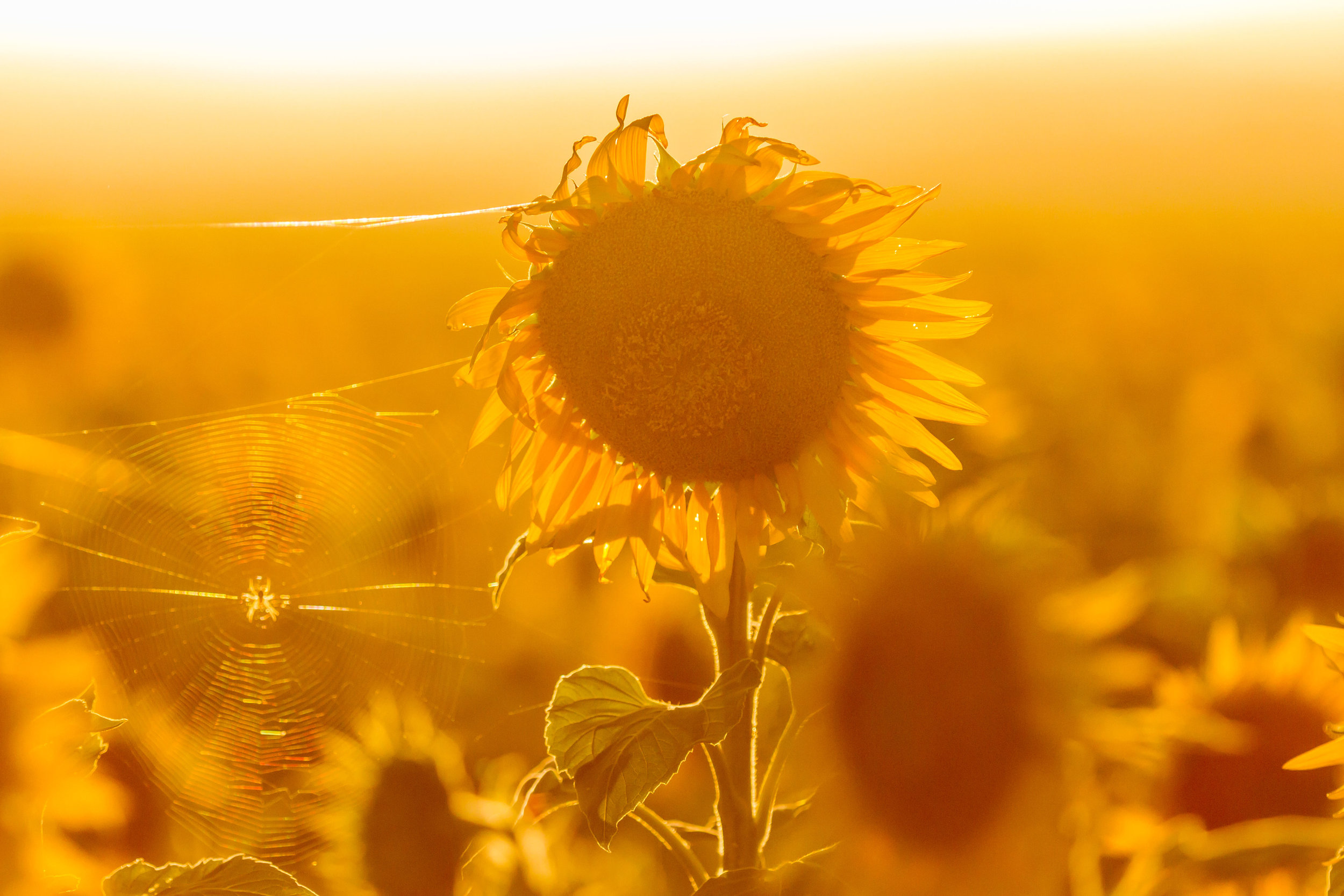Around ten years ago I was in Shanghai - not on a photography trip, just a tour with my mum, and I felt a little frustrated at the lack of perceived photo opportunities (sunrise! sunset!! landscapes!) I was missing out on. One morning I woke up super early and wandered down to The Bund along the Huangpu River, and it was soooo smoggy and misty, I couldn’t see much. I was almost run over by a large group of overbearing Western expats participating in some kind of a run club (they did not want to move aside for anyone!) and it really gave me a bad experience. So I was racking my brain about what else I could photograph……and suddenly, a theme appeared.
One of the things I love to do when I travel is to participate in small, local, active experiences, and I found a street-food night tour that seemed to tick all the boxes. And I have to say, it was fantastic. I was not interested in the ‘gross’ food experiences like eating giant bullfrogs that were kept alive, jammed on top of one another, in a bucket of water until cooking time, or crickets and other crunchy bugs on a skewer. I wanted real food that I was going to enjoy trying.
We wandered around 6-7 different food stalls/vendors, chatting with the locals, learning about the food and culture from our young guide (an American student living there to learn Mandarin). We picked up a bunch of food that the group was interested in, and ended up upstairs to someone’s private house with a giant communal table, tried some Chinese beers, and shared what we found to eat.
What an experience! What I loved about it was not just the communal nature of sharing food, but learning about culture, learning about the different foods, and trying what we wanted (I said no to the chicken feet). But I also loved the PHOTOGRAPHY theme of it….I really enjoyed taking photos of the food stalls, the food, even in its rawest forms - so, not a ‘Michelin star’ experience with a tiny portion of food on a huge plate in a fancy elevated restaurant, but a much more real experience.
Most major cities have food tours, why don’t you give them a try? (this one was called UnTour if you want to check them ourt..highly recommend. https://untourfoodtours.com (this is not a sponsored post by the way!). We always felt safe, taken care of, and in wonderful company, and having a translator to explain what the food was, was very helpful too.
After the tour was done, I asked our guide to recommend a nice place to eat local food the next night, and she did…..it was more than 45 minutes away in a taxi (that’s a story for another day) and had the BEST lotus chips and other food that given the menu was only in Chinese….we did great! Is this something you would consider?





